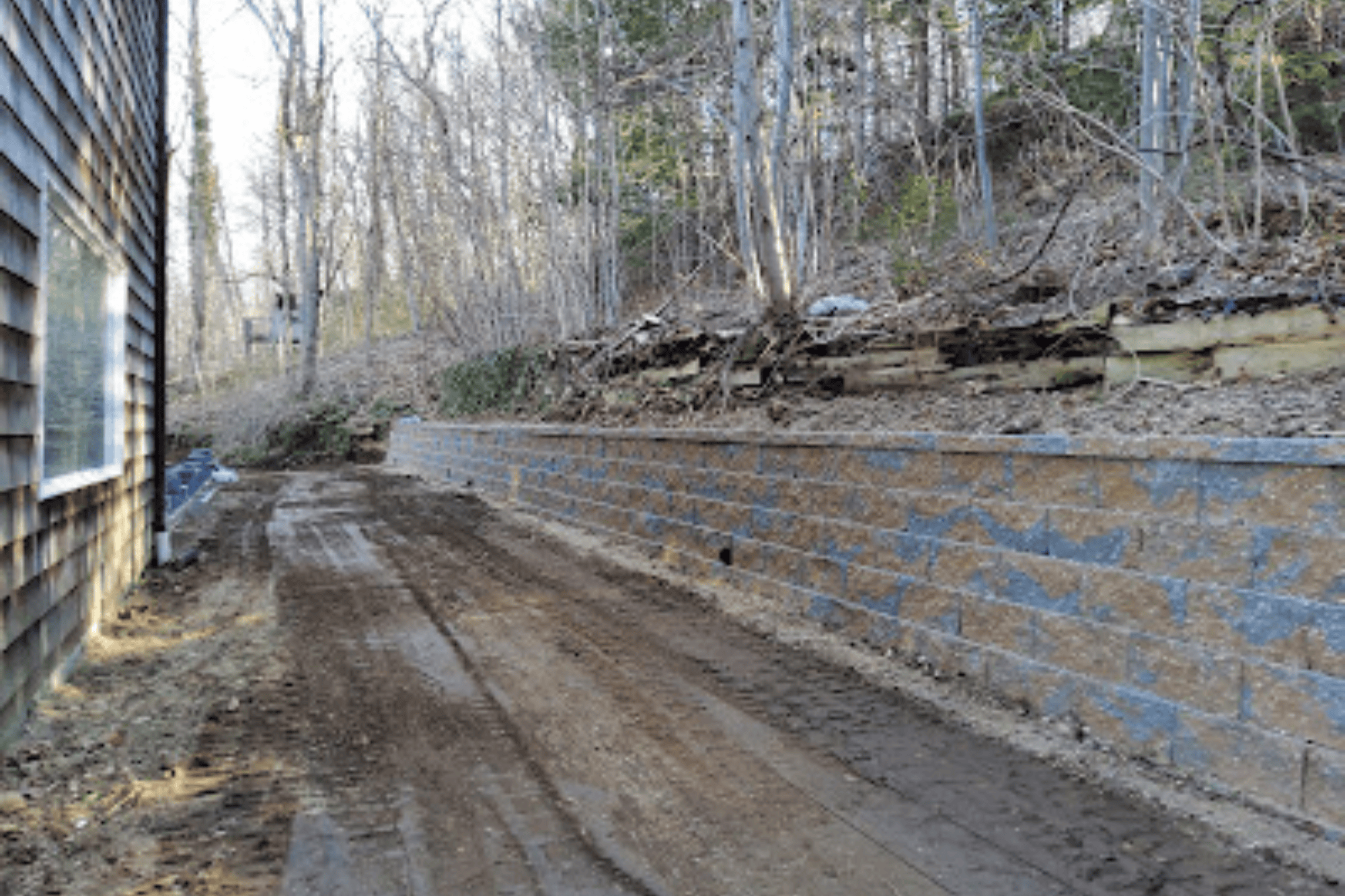Retaining walls is an essential component of many landscaping projects, providing both functional support and aesthetic appeal. Whether you’re dealing with erosion control or simply looking to enhance your garden’s design, understanding the different types of retaining walls is crucial. This beginner’s guide will walk you through the most common types of retaining walls and their uses.
1. Gravity Retaining Walls
- Basic Structure Gravity retaining walls rely on their weight to hold back the soil. These walls are typically made from heavy materials like stone, concrete, or brick, and are ideal for shorter walls that don’t require reinforcement.
- Advantages Gravity walls are relatively simple to construct and can be built with a variety of materials, offering flexibility in design. They’re also suitable for a wide range of soil types.
2. Cantilever Retaining Walls
- Structural Engineering Cantilever retaining walls are reinforced with steel bars and anchored by a concrete base that extends into the ground. This design allows the wall to support a significant amount of soil.
- Best Uses These walls are often used for taller structures and in situations where space is limited. They’re commonly found in commercial and industrial applications.
3. Anchored Retaining Walls
- Anchoring Mechanism Anchored retaining walls use cables or rods driven deep into the soil to provide additional support. The anchors are usually connected to the wall via a mechanical system.
- Ideal Applications Anchored walls are ideal for supporting heavy loads, such as in high-traffic areas or steep slopes. They offer a high degree of stability, making them suitable for challenging environments.

4. Sheet Pile Retaining Walls
- Construction Materials Sheet pile walls are made from steel, vinyl, or wood planks driven into the ground. These walls are often used in tight spaces or areas with soft soil where other wall types might not be feasible.
- Limitations While sheet pile walls are effective in certain conditions, they’re generally not suitable for tall walls or heavy loads without additional reinforcement.
5. Crib Retaining Walls
- Design and Function Crib walls are built using a framework of interlocking boxes filled with crushed stone or other materials. These walls rely on both their mass and interlocking design for stability.
- Landscaping Appeal Crib walls offer a rustic, natural look that blends well with garden landscapes. They’re often used in residential settings where aesthetics are a priority.
In conclusion, selecting the right type of retaining wall is crucial for ensuring both the functionality and aesthetic appeal of your landscaping project. Each type of retaining wall—whether it’s a gravity wall for simple garden design or an anchored wall for more challenging environments—offers unique benefits tailored to specific needs. By understanding these options, you can make informed decisions that will not only protect your property but also enhance its overall beauty. For expert guidance and professional installation, trust Summit Paving & Masonry to bring your vision to life with the perfect retaining wall solution.